Peru: Chiclayo
Опубликовано: 01.09.2018
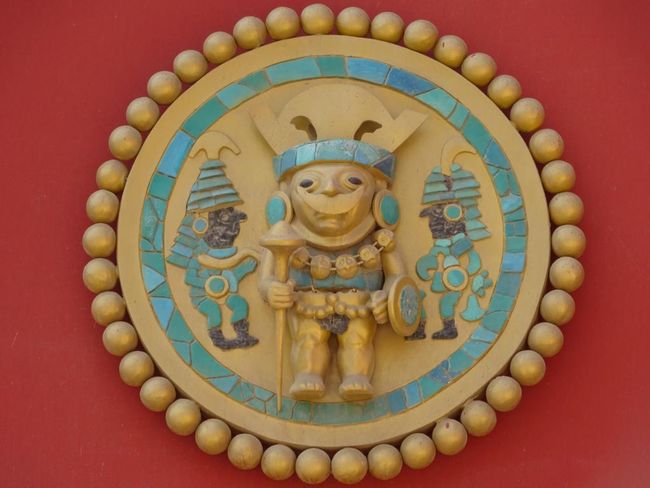
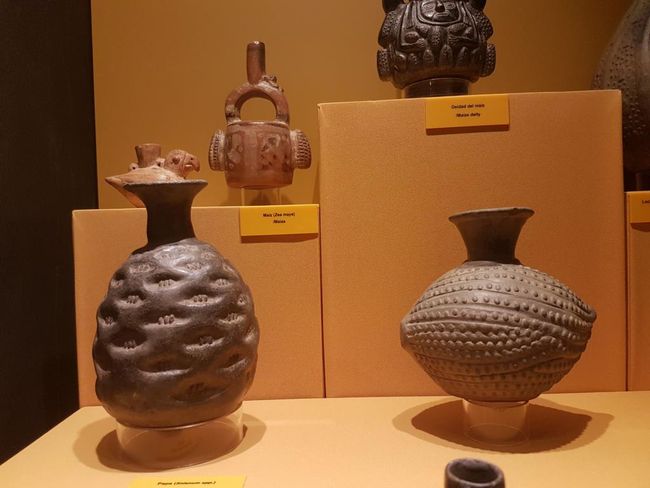
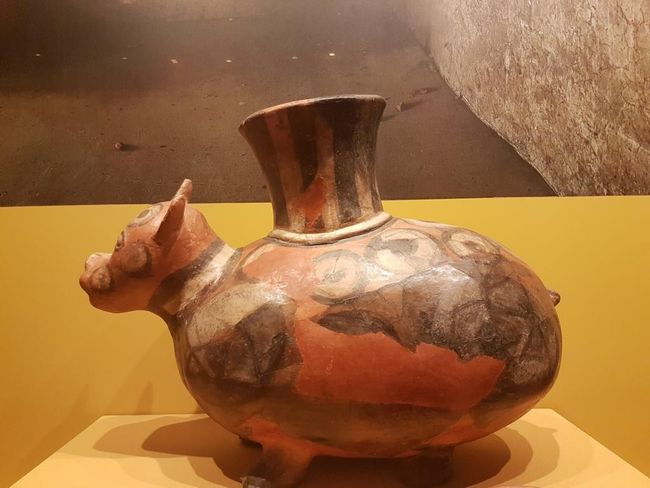
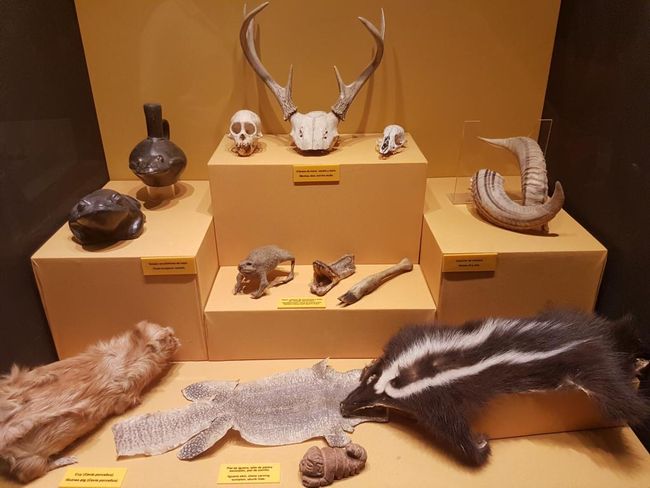
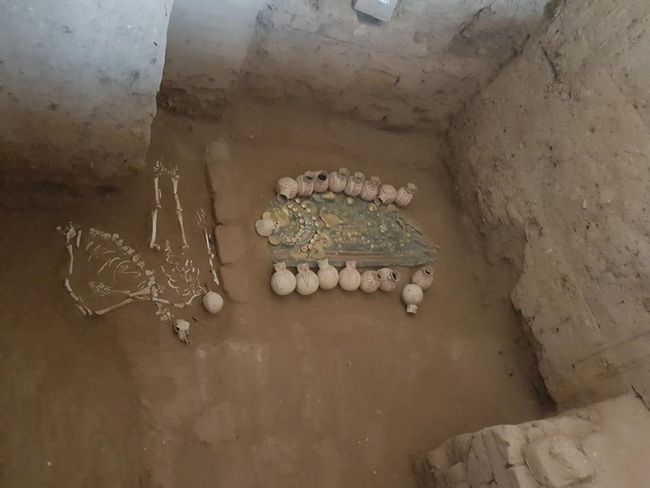
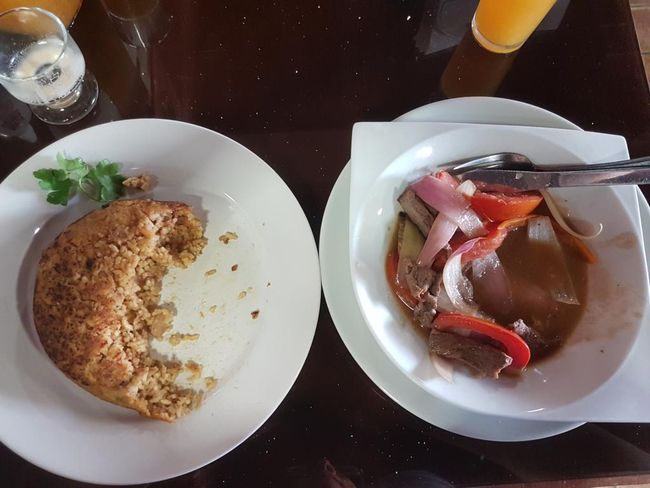
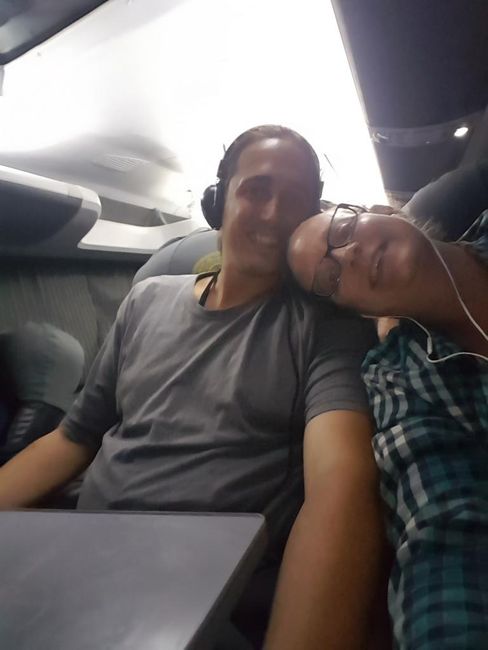
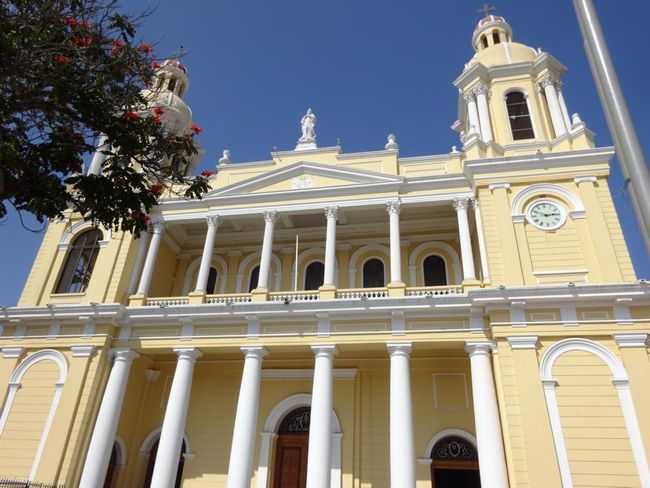
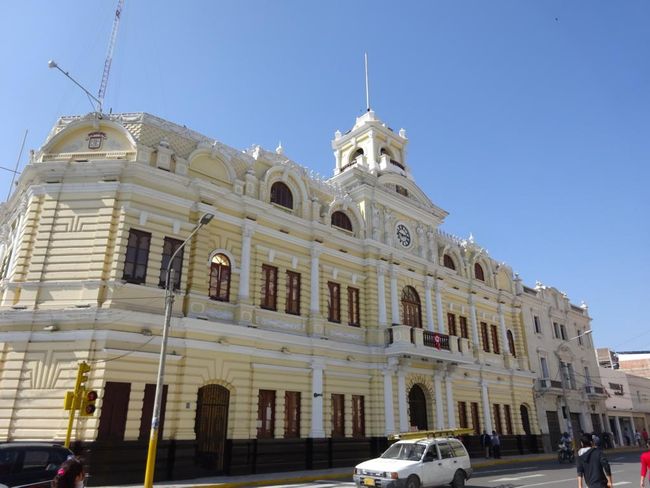
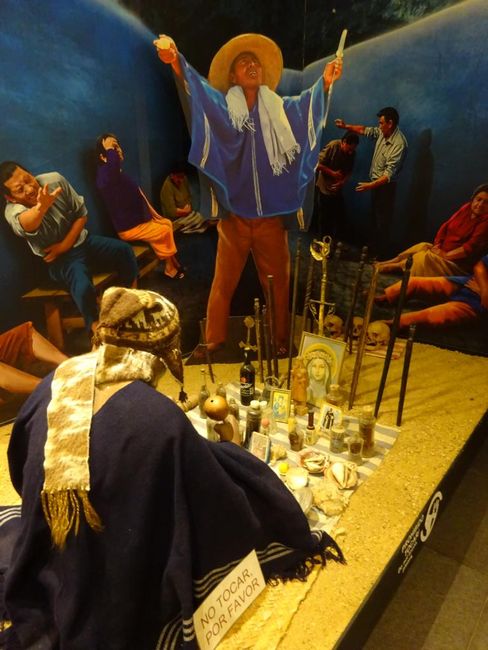
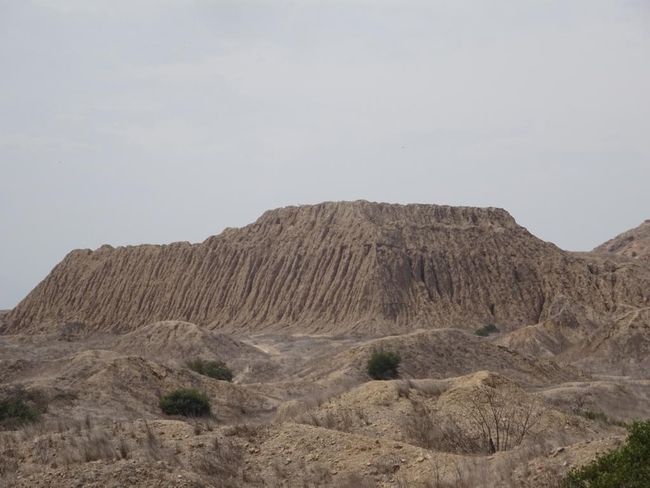
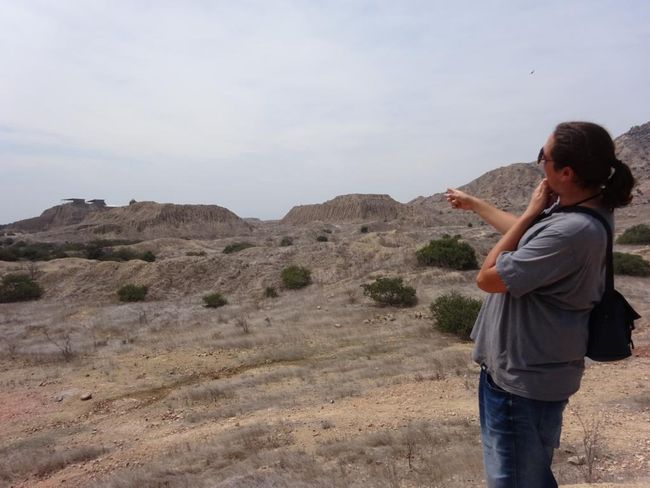
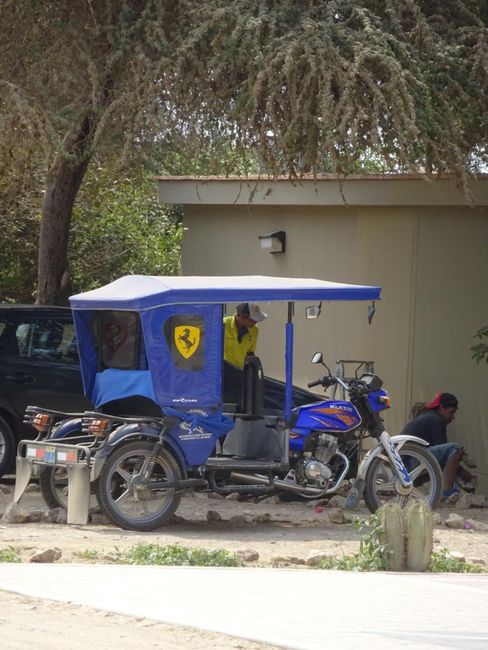
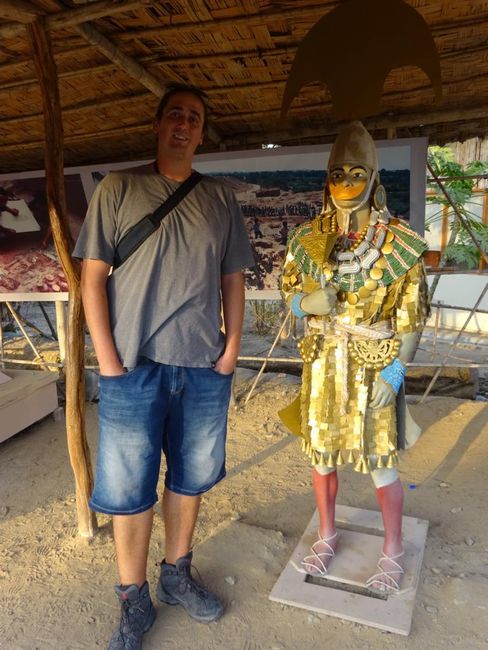
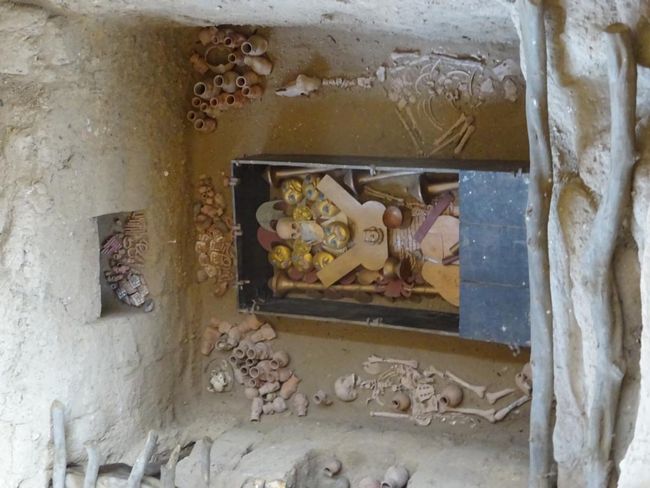
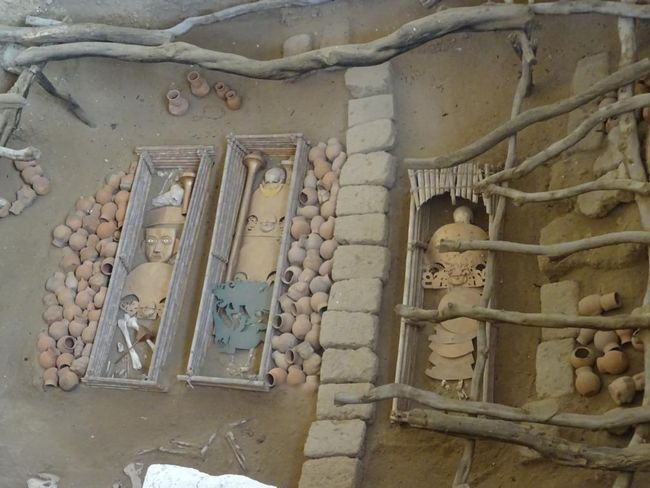
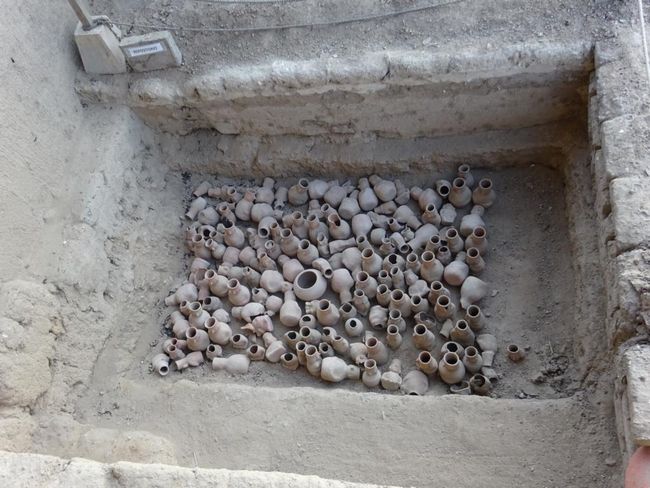
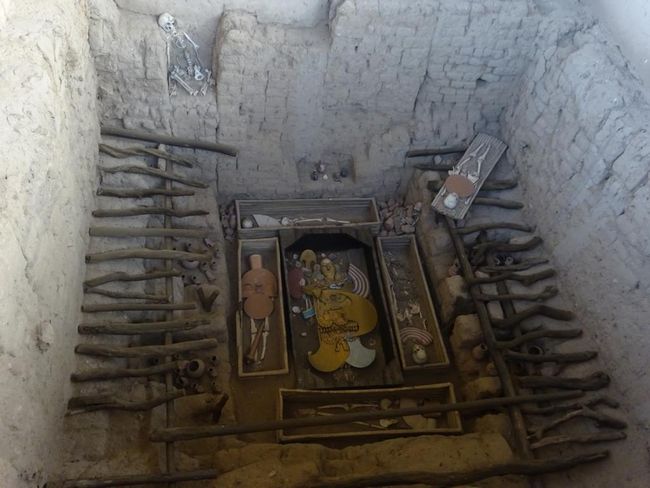
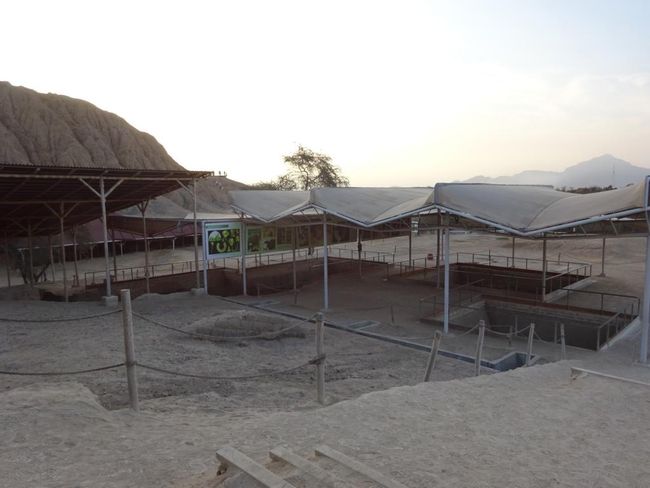
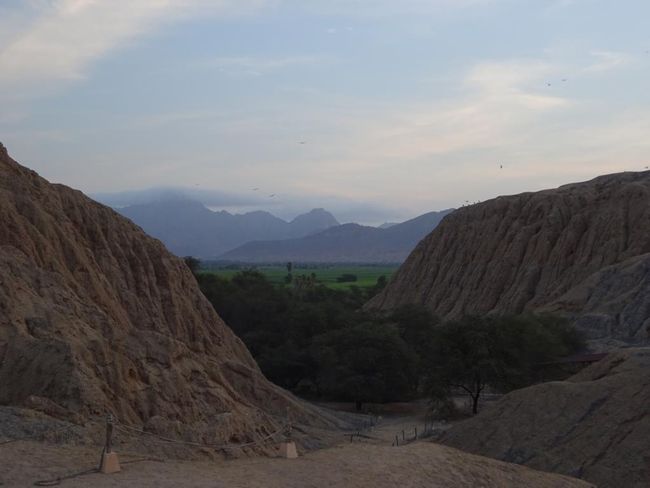
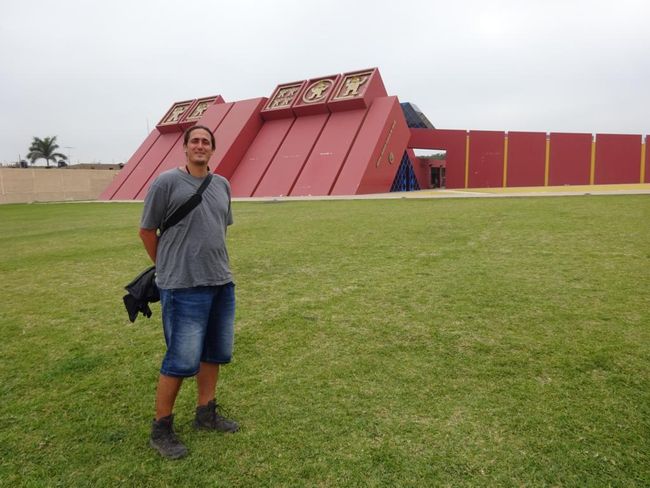
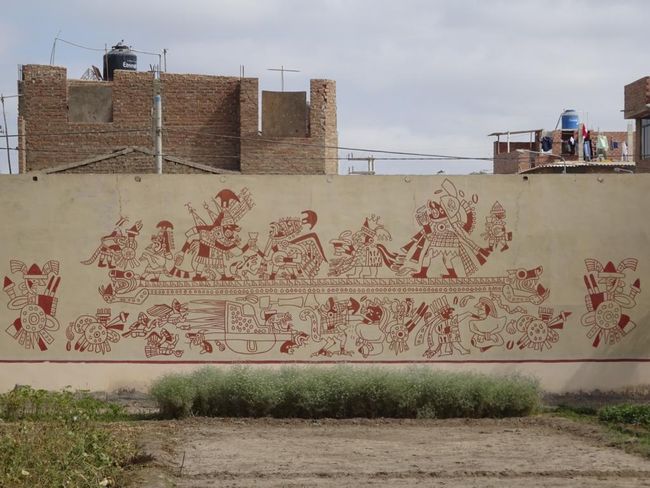
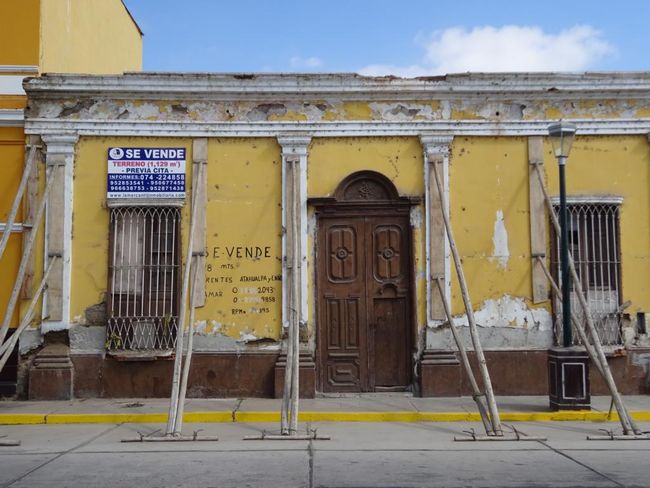
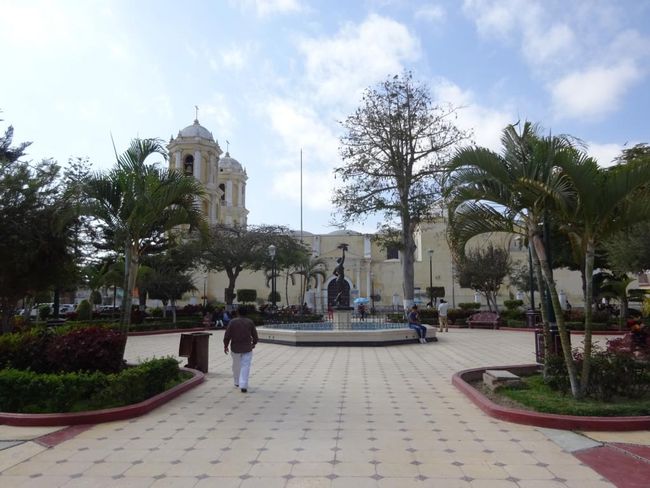
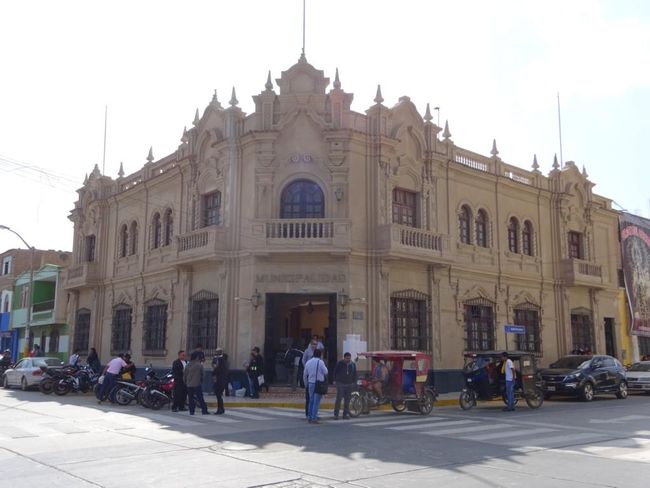
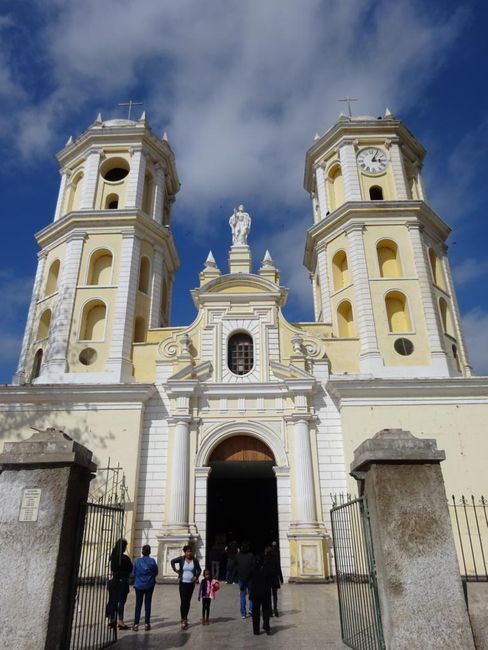
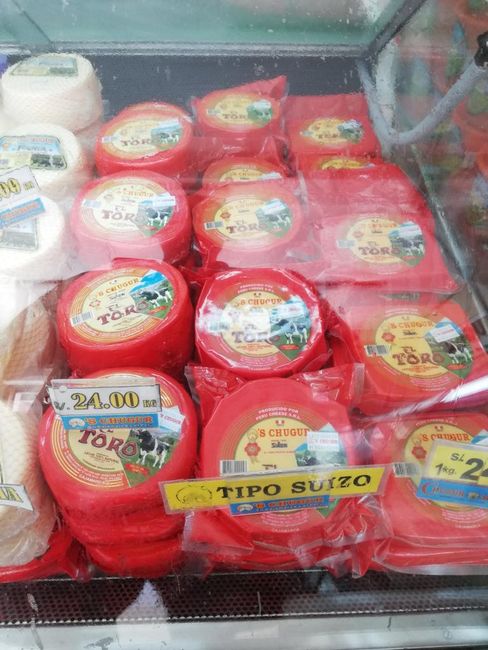
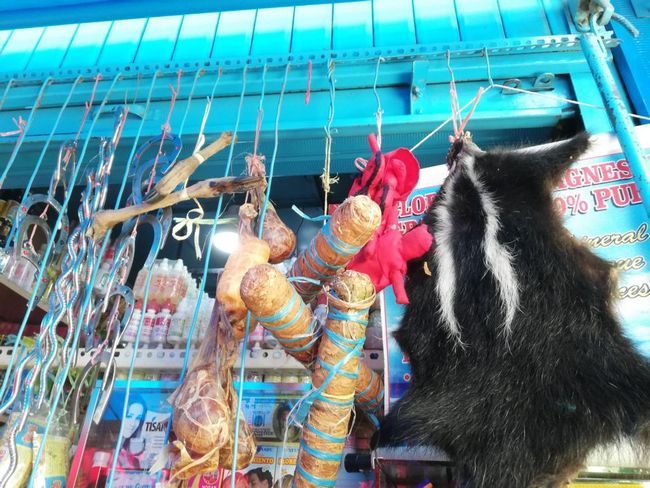
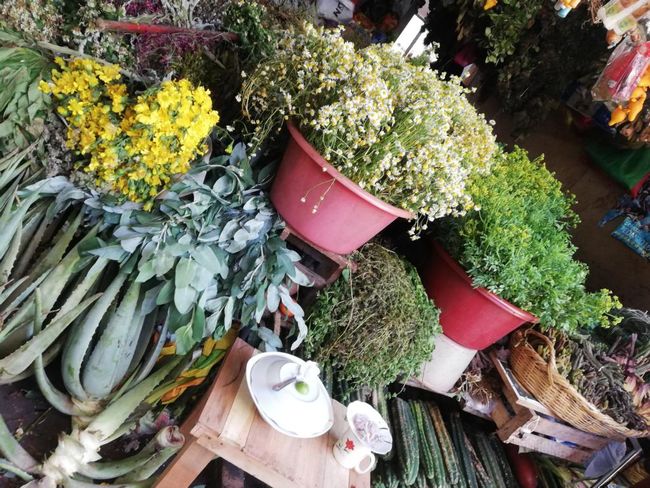
Подписаться на новостную рассылку
In the late afternoon we took the bus from Trujillo to Chiclayo. This would be our shortest bus ride in all of Peru, taking about 5 hours. Unfortunately, the bus was already delayed when it departed, so we didn't arrive at the hotel until around 1:30 am instead of 11 pm. Even though they claimed to have a 24-hour reception, we had to wake up the sleeping hotel staff. We also encountered the usual problems with paying for the hotel. It's important to know that most ATMs in Peru only dispense 400 Peruvian Soles (about 130 USD). There is only one bank where you can withdraw 700 Soles. Considering that our cheapest credit card charges 5 CHF per cash withdrawal, the bank fees can add up quickly. Therefore, the motto is to avoid cash payments as much as possible and pay with credit card (another obstacle is that in Peru, payment with Mastercard is difficult. Normally only Visa works. Fortunately, we are well-equipped and prepared for such situations). For this reason, we also consider if payment by card is possible when choosing a hotel. In most cases, we then have the problem that the operator suddenly demands a high extra fee of 5-7% for card payment, so we have almost daily discussions because this is not part of the agreement we made through the booking platform and 5-7% is a lot of money that we certainly don't want to pay extra. Less frequently, we have the problem that suddenly it is said that the card terminal doesn't work today, that it broke yesterday. It was the same in this case. We pointed out that there are about 100 signs with the Visa logo in the whole hotel lobby saying 'Pague aqui con Visa' and that the staff should kindly find a solution. Yes, the lady said, we have to ask the boss tomorrow. It's important to know that these people here don't take any initiative. They simply forget about the 'payment problem' until we have to check out, the taxi is already ordered, and we want to go to the bus station. Since we didn't want to have any problems shortly before departure, we went to the reception the next day on our own initiative and asked about the payment. The boss said we could pay with card at the neighboring store and they would settle it with the store owner. Alright. The only problem was that the store was closed. Even when we went by again later, the store was still closed. In the evening, the boss arrived and said that they would find a solution by tomorrow morning that would be in our favor. We were curious to see! And actually, something happened the next morning that had never happened to us before: the boss said it was not our fault and we didn't have to pay for the two nights! We were stunned. But we didn't want that either, so in the end we simply paid one night in cash. That seemed to satisfy everyone.
We came to Chiclayo to visit the famous tombs of Sipan. The site was discovered in 1987 by grave robbers. However, they only found and looted one of the tombs. Archaeologists quickly noticed that the black market was flooded with numerous suspicious objects, so they took quick protective measures to prevent further thefts. Luckily, many more tombs were uncovered, revealing incredible treasures, including an extraordinary Moche royal tomb, the tomb of the Señor de Sipan.
Here too, we couldn't do anything without a guided tour. The standard tour program included a visit to the archaeological site of Tucume. It is a huge area with 26 pyramids. Well, we thought, why not, it's surely interesting. It was not. It's important to know that most of this stuff is not excavated by the Peruvians. The same is true here. If you expect the beautiful and well-maintained facilities of the Mayan ruins, you will be sorely disappointed. Instead, you are led to an observation platform from which you can see some large mounds, under which the pyramids are located. And of course, you can't visit the pyramids from the inside. Great. When we asked, the tour guide said that the Peruvian government is not interested in excavating the sites. Tourism is not seen as a significant source of income for the government; they are more interested in the mining industry, which allows for quicker money-making. The government is only in office for 5 years, and everyone is mostly interested in making money for themselves during this time, so there is no interest in long-term projects. And archaeological excavations require a lot of money upfront, and no one wants to be accused of leaving a huge deficit during their term. Therefore, they rely on funds from abroad for excavation. And indeed, every site we visited had some gratitude plaque: We thank Italy, we thank Switzerland, we thank God and the world. But the subsequent revenue, such as the exorbitant entrance fees for visiting Machu Picchu, the Peruvian state gladly pocketed. Given the fact that as a foreigner you have to pay several times the entrance fee compared to locals, I think that's quite audacious. Anyway, we were disappointed to find out that the pyramids of Tucume can be easily forgotten. The site also had a museum, where we were subsequently rushed through in an eternal tour, but we didn't gain any new exciting insights there either. Afterwards, we drove to Lambayeque, where the Museo Tumbas Reales de Sipan is located, which exhibits the artifacts found in the tombs of Sipan. We had already planned to visit the museum, and even before we entered the museum, I knew that I would much rather be here alone, without a tour. And my fears were confirmed, of course. We were hurried through the museum at lightning speed, so we didn't have any time to properly examine all the artifacts, and the explanations were given in rapid Spanish, even the locals were struggling to follow. Well, we would come here again later, this time without a guide, but more on that later. After the museum visit, we had lunch at a tourist restaurant in Lambayeque. This restaurant was overpriced, but at least they served local specialties that were really delicious. We ordered Tacu Tacu with Lomo Saltado. Tacu Tacu is a kind of rice and bean rosti. Lomo Saltado is fire-grilled beef strips with tomatoes and onions in a meat broth. This would become one of our favorite dishes in Peru. We had also booked this tour in Spanish, and indeed, we were the only foreign tourists on the tour. It's striking how difficult it is to talk to the Peruvians. This phenomenon would be evident in all future tours as well. They are either very unfriendly or they have a serious problem with foreign tourists.
On a usual tour, you ask someone the magic question 'where are you from?' and boom, the ice is broken and you're in a conversation. It always works. Everywhere. Except here. We sat at the lunch table with some Peruvians from the tour. I asked the lady next to me where she was from. - Lima. - After a moment, I asked again if she was here on vacation to visit the north of Peru. - Yes. - There was no response, no follow-up question, no interest, nothing. This is just one example of many. Somehow, they don't want anything to do with you, and as soon as they realize that you also speak their language, they whisper to each other. But even among themselves, they hardly engage in conversation. The original groups stick to themselves the whole day, even when sitting together at the same table for meals. It's kind of strange. Normally, we love to be with the locals and consistently try to speak Spanish, but here we start to miss the Gringo tours a bit. The tours where you get on the bus in the morning and everyone is quiet, and in the evening when you get off, you have gotten to know each other, had a great day, laughed and talked a lot, and everyone wishes each other all the best and a safe journey. Here, you get off the bus in the evening and wish: Que les vaya muy bien! And the response is silence. Too bad.
Anyway, the lunch seemed endless, the restaurant couldn't manage to serve everyone at the same time, some people were already finished before others even got their food. Meanwhile, it was already past 4 pm, and we seriously wondered where the time would go to visit the tombs of Sipan. After all, that was the main reason why we even took this damned tour in the first place!
Actually, we arrived at the tombs very late, they were located quite far outside the city on the other side of Chiclayo. And once again, we only had 30 minutes to visit the site, the site for which we had come to this damn place in the first place. It was truly frustrating! But we didn't have a choice. We had booked an overnight bus to Chachapoyas for the same evening, and since we already had such a delay in the tour program, we had to return if we wanted to catch our bus. I was incredibly disappointed with this day, and it was me who wanted to come here so badly.
At least we managed to visit Lambayeque again to visit the museum once more. On our way back from Chachapoyas to Lima, we spent another day in Chiclayo as a break between two night bus stages. We took a taxi to the museum in Lambayeque. And that was a very good choice, because it is a truly excellent museum. In retrospect, it was one of the main attractions of Peru for both of us and it ranks among the top museums in all of Latin America.
There is not much description in the museum, and if there is, it is mostly only in Spanish. But it doesn't necessarily need it, because the museum is really incredibly well-designed and beautiful.
First, there is the tomb of the Señor de Sipan, the most important tomb in the complex. Step by step, it describes how the tomb was opened and what treasures were taken out. All the exhibits are shown in the order in which they were taken from the tomb. Of course, these pieces have also been restored, but there is always a photo next to them showing exactly what it looked like when the item was found. All the pieces are related to the knowledge that has been accumulated about the Lambayeque culture from images on ceramics and similar items. There are truly wonderful pieces, huge amounts of gold and turquoise jewelry, chains made of spondylus shells, textiles, remnants of weapons and pieces of armor, ceramics, burial offerings in the form of food, etc. Even the original remains of the Señor de Sipan are exhibited in the museum. There is also an exact replica of his tomb, showing what it must have looked like when it was sealed, with a detailed listing of all the objects found with him. Interestingly, he was not buried alone. In his tomb, skeletons of several other people and animals were found, whose task it was to accompany him in death and into a new life. 3 women, his son, a priest, a military commander, as well as 2 llamas and a dog were buried with him. In addition, above the roof of the tomb, the skeleton of a soldier was found, who was supposed to guard the tomb for eternity. The feet of the deceased were cut off, apparently to prevent him from leaving the tomb of the Lord of Sipan and thus his position.
Other tombs were found in the complex, which were built on multiple levels. The dead died at different times. Among other things, the tombs of a priest, a soldier, a musician, and a young couple were found. On the lowest level, a similarly magnificent tomb was found as that of the Señor de Sipan. A DNA test later revealed that it was a family member, most likely his grandfather, the former Lord of Sipan, the Viejo Señor.
Unfortunately, taking photos is not allowed in the museum. All bags must be left at the entrance and deposited in a locker. Before entering the museum, you are scanned with a metal detector for cell phones, etc. That's a shame, of course.
As I said, in my opinion, this is one of the best museums that the whole continent has to offer, and no Peru traveler should miss it, even though few foreign tourists visit northern Peru. If you can also manage to add a tour of the tombs, even better, then you get an even better impression of the find. In the original tombs, replicas of the skeletons and burial offerings have been placed, so you also get an idea of what it looked like in 1987 when the archaeologists opened the tombs.
In any case, I'm very happy that we came here again a second time on our own and were able to take another look at the exhibition and all the wonderful pieces in peace.
In Chiclayo, we also visited the Mercado de Modelo, which is said to be one of the most interesting markets in Peru. Of particular interest is the Mercado de Brujos (Market of the Shamans). There, medicine men can equip themselves with all sorts of things they need for their rituals. Honestly, though, it sounds more interesting than it actually was. Mostly, it just smelled good there because of all the herbs that were being sold. Otherwise, there were a lot of knick-knacks, amulets, etc. You could also buy perfumes and teas for every conceivable ailment in the world. Heartache, lack of money, any illness or dissatisfaction? Zap, here is the right perfume. Especially the money perfume, where there are lots of bundles of money on the packaging, was everywhere. So, in theory, all Peruvians should be super rich, right? You could also get the famous hallucinogenic mushrooms that shamans use for their rituals, but even those didn't look particularly spectacular on such a market.
Otherwise, it's just a normal market where we treated ourselves to a delicious freshly mixed fruit juice.
Подписаться на новостную рассылку
Отвечать

Отчеты о поездках Перу

